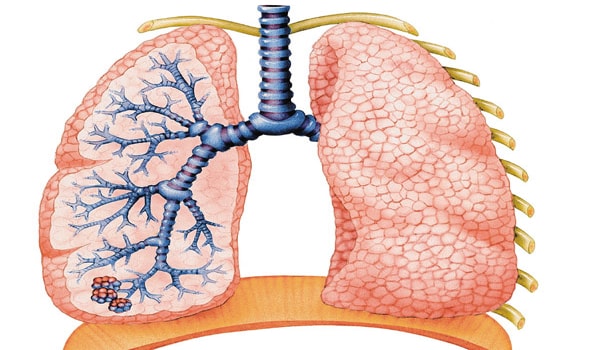Health risks from air pollution
Air pollution can irritate the eyes, throat and lungs. It can seriously and adversely affect the health. Prolonged exposure can cause damage to the nervous system, digestive problems, and in some cases cause cancer.
-
It combines with hemoglobin to lessen the amount of oxygen that enters our blood through our lungs. The binding with other harem proteins causes changes in the function of the affected organs such as the brain and the cardiovascular system, and also the developing foots. It can impair our concentration, slow our reflexes, and make us confused and sleepy.
-
Suspended matter consists of dust, fumes, mist and smoke. The main chemical component of SPM that is of major concern is lead, others being nickel, arsenic, and those present in diesel exhaust. These particles when breathed in, lodge in our lung tissues and cause lung damage and respiratory problems.












